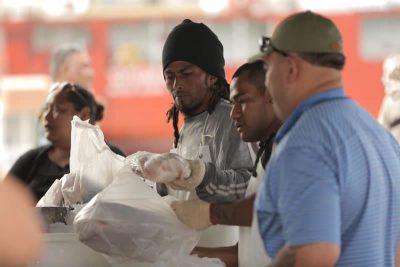
Back in Tonga
We are thrilled to send you this update! We’ve been pretty quiet over the last few months as we’ve been hunkered down crunching data from previous research expeditions. However, we’re in the field now and ready to send blogs and

We are thrilled to send you this update! We’ve been pretty quiet over the last few months as we’ve been hunkered down crunching data from previous research expeditions. However, we’re in the field now and ready to send blogs and
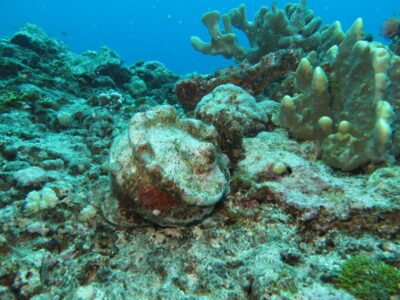
You don’t have to look too far to find a horror story about an invasive species that has completely disrupted a natural ecosystem. Cane toads in Australia come to mind or Pythons in the Everglades or even lionfish in the
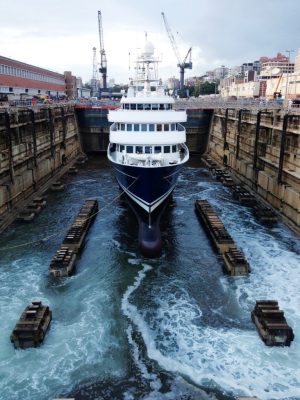
We don’t often update and reissue a blog, but we felt that the journey that the Golden Shadow has undergone in dry dock is really cool. Since we last put out this blog, the Golden Shadow has finished its repairs

In 2005 the Foundation first started mapping offshore reefs in the Saudi Arabian Red Sea. We’ve been working for years to collect data about the shape, structure, and species that make up these reefs and transforming it into detailed reef
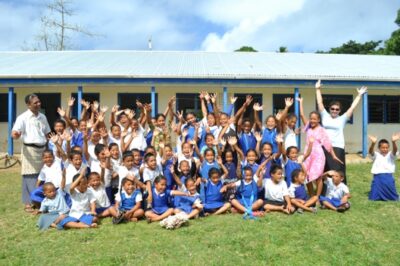
Living Oceans Marine Education Team Promotes Coral Conservation From September 10th to October 3rd 2013, we were working in Tonga. In addition to underwater research, marine education about coral conservation was a large part of our mission there and we teamed up
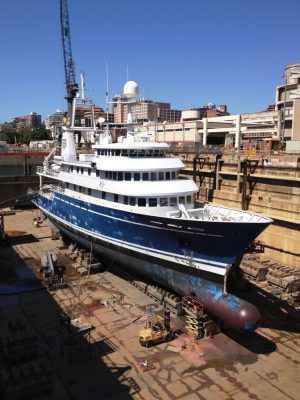
Our Global Reef Expedition is one of the largest coral reef studies ever undertaken. Throughout the entire mission all our research is supported by the research vessel M/Y Golden Shadow. Now at 20 years old, Golden Shadow is required to
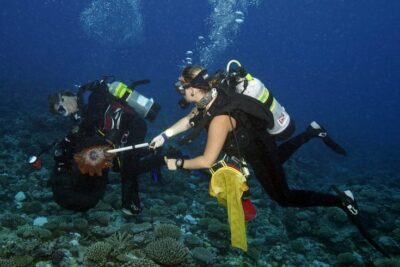
In May 2013, when the science team of the Khaled Bin Sultan Living Oceans Foundation plunged into the waters surrounding Aitutaki in the Cook Islands, we discovered a reef in crises. Something had damaged between 80 and 99 percent of the island’s coral
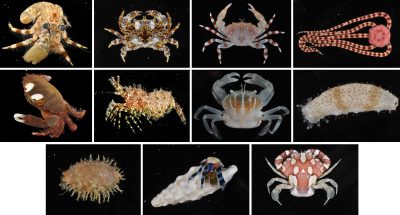
The hunt for marine invertebrates begins… It is 6:30 in the morning, and Nathaniel (“Nat”) Evans and Daphné Grulois depart with the film crew (Alison Barrat, Ernie Kovacs) to Surprise Atoll. Depositing Alison and Ernie at their filming location, Nat
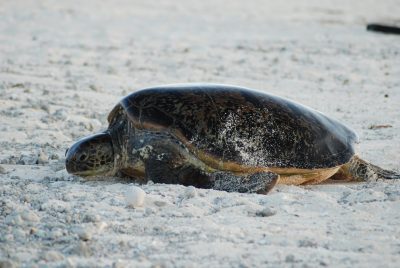
It is green sea turtle nesting season right now and here in the northern atolls of New Caledonia there are some beaches that are well known as favorite nesting spots. The green turtle spends almost all its life at sea
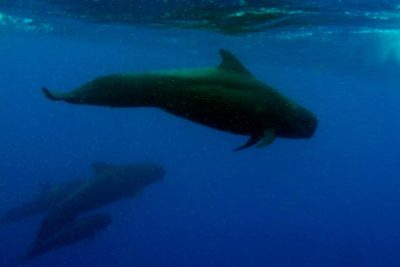
Sometimes the most exciting marine wildlife encounters happen at the surface rather than under the water. On this particular occasion we were on our surface interval between the first and second dives on the southern tip of Huon Atoll. A